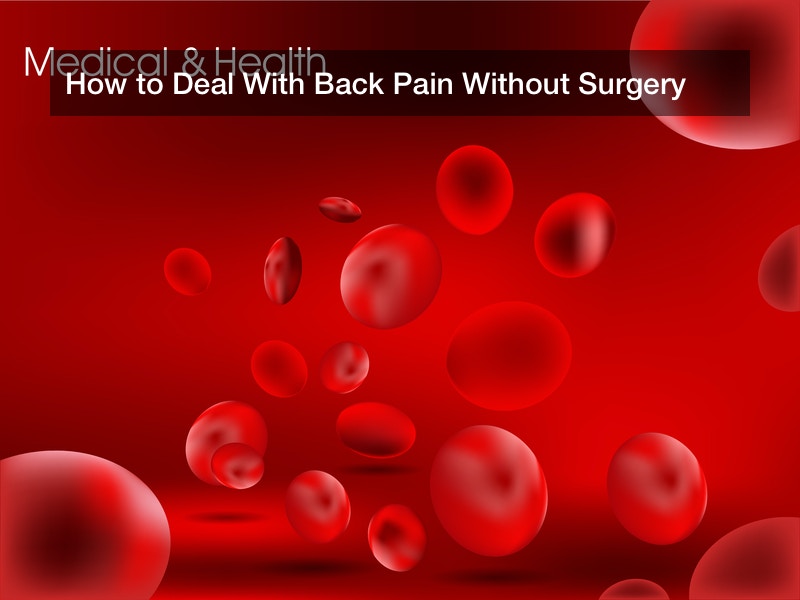
The human body is designed for a lifetime of walking upright on two legs, and this is a result of millions of years of evolution to the present day. Our early primate ancestors gave up their tree-dwelling lifestyle in favor of running on two legs to chase and hunt wild game on the African plains, so the body’s design adjusted. Now, the human skeleton features an S-shaped spine, an upright pelvic bone, long and hard leg bones, and arched feet. This form is ideal for walking upright and it gave early humanity many advantages, though this posture does take a toll over time. Even today, fighting gravity so acutely will wear out the spine, hips, knees, and ankles, and chronic pain is quite common around the world as a result. Many causes of chronic back pain have been identified, and the good news is that most cases don’t call for invasive surgery. Instead, rehab tools and systems such as automatic strength tests can help a hospital patient recover from a physical injury. Elsewhere, back adjustment tools can be used in the hands of chiropractors to help a patient become free of back pain and mobility issues.
Common Causes of Lower Back Pain
Many studies and surveys are done to track the current state of American public health, and this certainly includes tracking lower back pain and spinal issues. After all, back pain is the second most common reason why Americans visit their doctor, behind only upper respiratory issues. The numbers show that at any given time, some 31 million Americans are experiencing back pain or chronic back distress, and experts predict that around 80% of the entire population will experience back pain symptoms at some point in their lives. One in three women and one in four men experience back pain like this, and around 50% of working class Americans say that they get back pain symptoms sometimes.
What might be causing such high rates of lower back pain? A number of causes have been identified. For example, many surveyed Americans blame ongoing stress for their back pain, and a pregnant woman may experience spinal distress during her pregnancy. Meanwhile, getting into a car accident or suffering a sports injury can distress the spine and back muscles, resulting in pain and reduced mobility. Working for years in a hard manual labor job (such as construction) can also wear out the spine and muscles, and a worker may develop chronic back pain or other joint pain sooner or later. Also, the elderly often experience back pain, since many years of fighting gravity walking upright will cause the spine to start collapsing on itself. The spine experiences reduced mobility in its inflamed joints, and the nerves may get pinched and muscles may be strained. Fortunately, physical medicine, such as back adjustment tools or even massages, can help counter many cases of back pain, no surgery needed.
Methods to Clear Up Back Pain
Physical therapy tools and exercises can be used for hospital patients, or for any patient who visits specialist doctors. Someone who suffers from chronic pain can get a doctor’s referral to a chiropractor, a doctor who will use back adjustment tools and even their bare hands to perform non invasive procedures on the patient. With these back adjustment tools, a chiropractor can readjust bones and muscles and thus relieve pressure on distressed nerves or joints, and loosen up cramped or overtaxed muscles. This can clear up back and joint pain, and restore the patient’s flexibility as well. Performing yoga with an instructor can bring about similar results.
A hospital patient who suffered physical trauma will undergo physical therapy, or PT, at the hands of a therapist. This means performing therapy exercises and routines, and the therapist can use range of motion data from motion capture cameras to study the patient’s progress with the help of specialized software. The patient can also perform stretch tests with cords or elastic bands to demonstrate their current maximum arcs of motion, muscle strength, and pain thresholds. The therapist may also use handheld muscle assessment tools on any part of the patient’s body while that patient performs exercises, in order to gauge the patient’s muscle strength at any area of the body.
